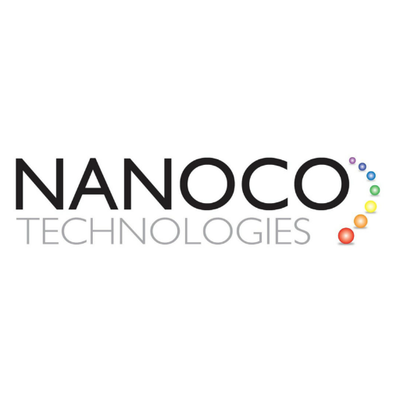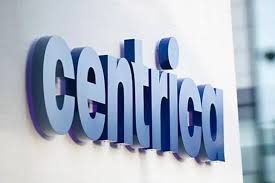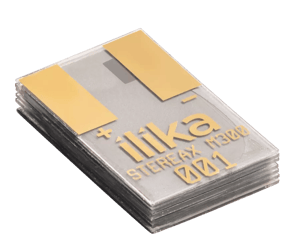Nanoco’s recent lawsuit against LG Electronics is more than a legal manoeuvre; it exemplifies the company’s strategic use of intellectual property (IP) to assert its position in the competitive tech landscape.
Nanoco Group plc, a UK-based pioneer in cadmium-free quantum dot technology, has initiated a patent infringement lawsuit against LG Electronics in the United States District Court for the Eastern District of Texas. The company alleges that LG has wilfully infringed upon its patented technology related to the synthesis of quantum dots, a claim reminiscent of Nanoco’s previous successful litigation against Samsung, which culminated in a \$150 million settlement in 2023.
This legal action underscores Nanoco’s commitment to protecting its IP assets, which are central to its business model. The company’s robust patent portfolio, comprising approximately 375 patents, serves as a strategic tool not only for defence but also for leveraging commercial opportunities . By proactively enforcing its IP rights, Nanoco aims to safeguard its innovations and ensure fair value for its shareholders.
Beyond litigation, Nanoco is expanding its commercial footprint through strategic partnerships. The company has recently entered into a joint development agreement (JDA) with a second major Asian chemicals firm, focusing on optimising lead-free nanomaterials, potentially for applications in short-wave infrared (SWIR) sensors . This collaboration follows the successful completion of the first phase of an earlier JDA, indicating a growing interest in Nanoco’s technology across various sectors.
Financially, Nanoco maintains a stable position, with net cash reserves of £15.2 million as of April 2025 . The anticipated costs associated with the LG litigation are expected to be offset by revenues from the new JDA, keeping the company’s monthly cash burn rate at approximately £500,000.
Nanoco’s strategic approach to IP management and commercial partnerships positions it favourably in the evolving tech industry. By asserting its IP rights and fostering collaborations, the company aims to capitalise on the growing demand for environmentally friendly quantum dot technology in displays, sensors, and other advanced applications.








































